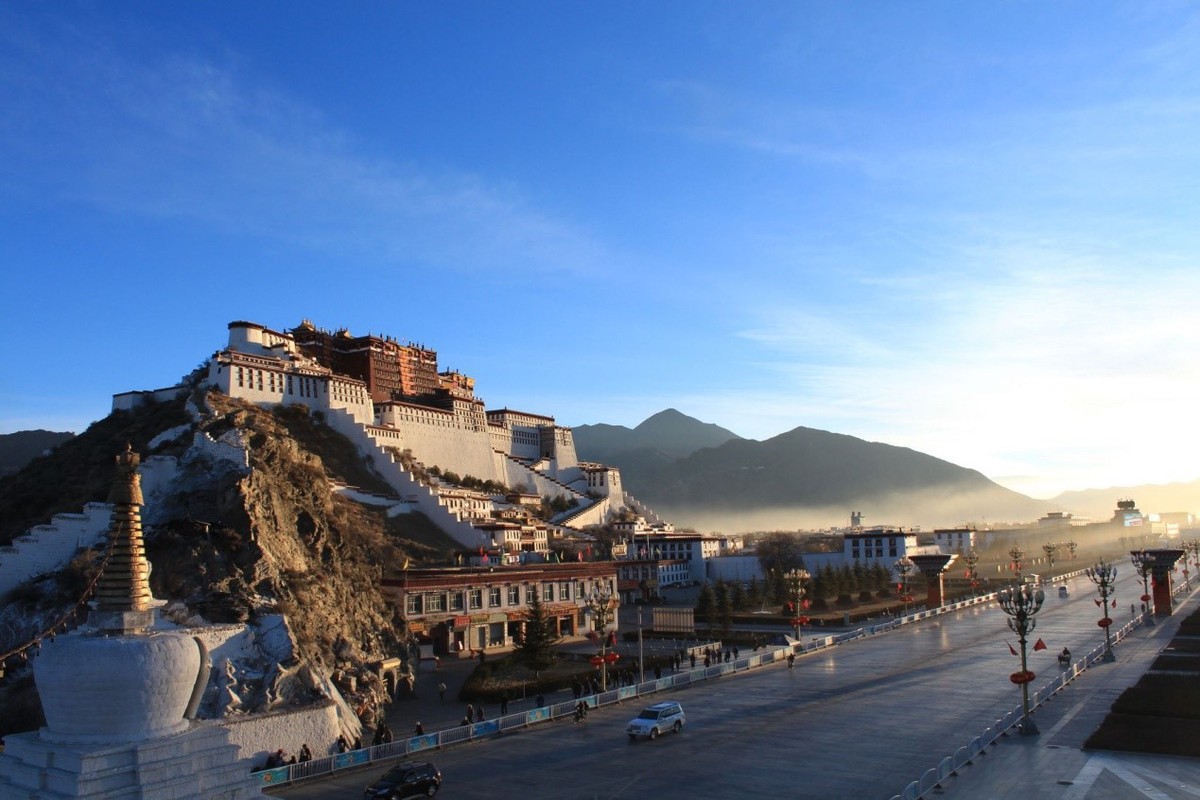Tibet banks on tourism to lift its economy
Xinhua | Updated: 2019-03-26 07:27

LHASA - It was four days away from the opening of the annual peach blossom festival and workers were busy setting up the steel stage structure. Yet hundreds of tourists were already bustling under the wild peach groves in the mountains of Kala village of Nyingchi in the Tibet autonomous region.
Undaunted by the effects of acute mountain sickness, Wang Xiaofang and her husband had driven from Hainan province, at sea level, to the high-altitude village.
"Hainan has all sorts of flowers, but no peach blossoms," said Wang, who posed for a selfie against the blue sky and distant snow-capped mountains. Tibet's exotic culture and stunning landscape, at altitudes averaging 4,000 meters, proved too hard to resist, and they planned a two-week holiday in the region.
The couple are part of a tourism boom in Tibet that is expected to register 40 million tourists this year, up from 10 million in 2012.
A key factor accounting for the spike is Tibet's improved transportation system, including an expanding network of highways and an increase in flight links with other regions. Its hospitality facilities are also improving.
In the village of Zhaxigang, 54 of the 68 households have become inns to cater to the rising number of tourists. Nyingchi boasts of beautiful flowers, mountains, canyons, waterfalls and glaciers and is a top tourist destination, along with Lhasa, the regional capital.
Just 3 kilometers from the village, Lulang International Tourism Town, with an investment of 3.8 billion yuan ($567 million) from Guangdong, received more than a million tourists last year, with sales revenue of 50 million yuan.
The regional government expects to further boost the tourism sector, which accounted for more than one-third of the region's economy in 2018, up from 29 percent in 2017.
Tibet's GDP grew by 9.1 percent in 2018, and was among the nation's fastest.
In a bid to attract more tourists during the winter, the region has rolled out preferential policies, including waiving admission charges for some scenic spots and discounted flight tickets during the cold season.
Tibet received 2.46 million tourists from Nov 1 last year to March 15, up 84.2 percent year-on-year, and the region's tourism industry brought in around 2.62 billion yuan during the same period, a year-on-year growth of 41.1 percent, according to the regional tourism development department.
























